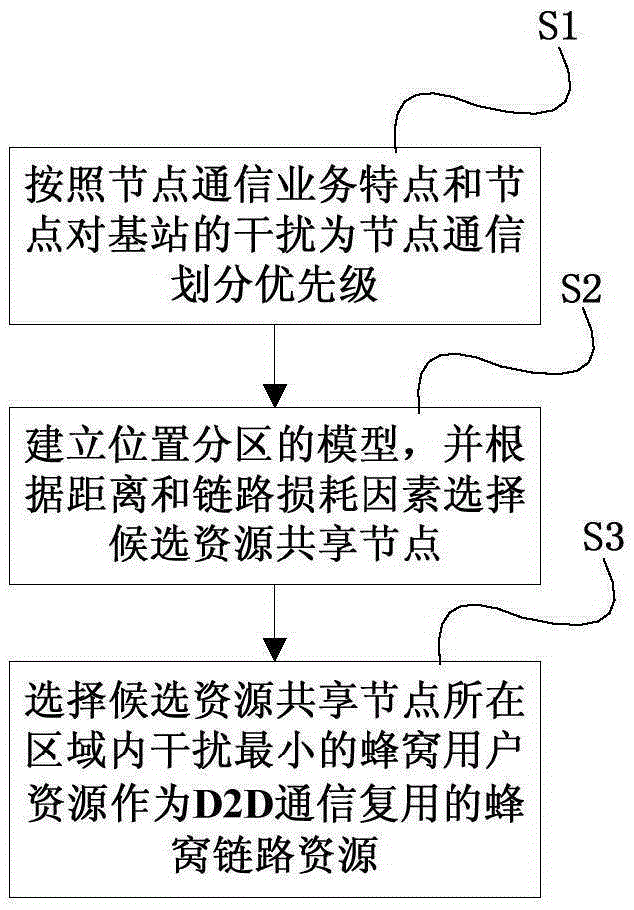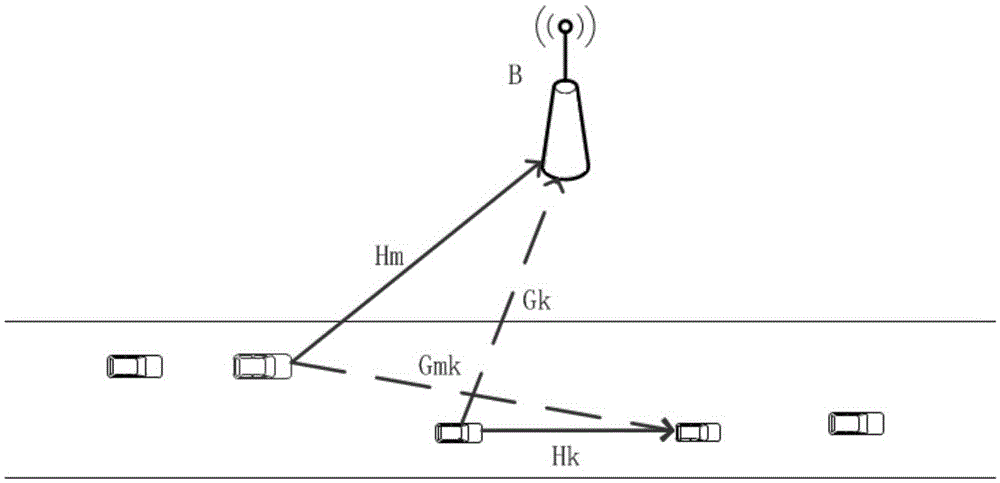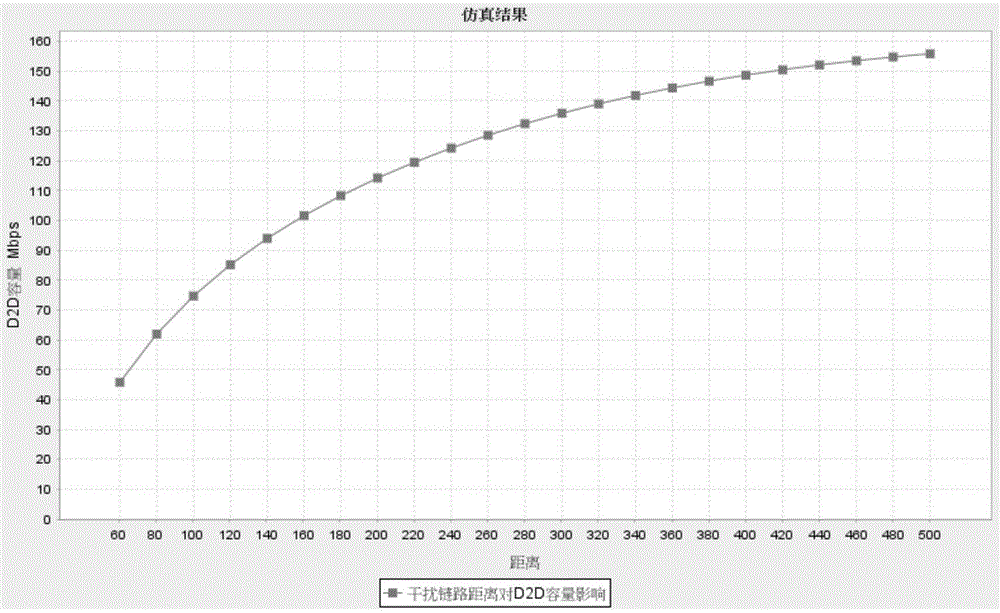LTE-based radio resource allocation method of Internet of vehicles
A wireless resource and allocation method technology, applied in network traffic/resource management, wireless communication, wireless communication services, etc., can solve problems such as excessive base station load and lack of spectrum resources
- Summary
- Abstract
- Description
- Claims
- Application Information
AI Technical Summary
Problems solved by technology
Method used
Image
Examples
Embodiment 2
[0094]In this example, the wireless resource allocation method based on the LTE Internet of Vehicles described in the above-mentioned embodiment 1 is simulated and analyzed, and compared with the optimal resource allocation algorithm. First, a mobile node model must be established. In this model, there are 4 streets around the base station of the cell , each street has two lanes. Vehicle nodes are randomly distributed on the street. Vehicles move at a constant speed, but the speed is randomly distributed in a certain range. D2D users are randomly distributed among vehicle nodes, and the number of cellular users is constant. This example Figure 6 to Figure 13 Among them, the partition algorithm represents the wireless resource allocation method based on the LTE Internet of Vehicles described in Embodiment 1. In the simulation experiment, in order to compare with the optimal algorithm in the prior art, the method described in Embodiment 1 based on The radio resource allocation ...
PUM
 Login to View More
Login to View More Abstract
Description
Claims
Application Information
 Login to View More
Login to View More - R&D
- Intellectual Property
- Life Sciences
- Materials
- Tech Scout
- Unparalleled Data Quality
- Higher Quality Content
- 60% Fewer Hallucinations
Browse by: Latest US Patents, China's latest patents, Technical Efficacy Thesaurus, Application Domain, Technology Topic, Popular Technical Reports.
© 2025 PatSnap. All rights reserved.Legal|Privacy policy|Modern Slavery Act Transparency Statement|Sitemap|About US| Contact US: help@patsnap.com



